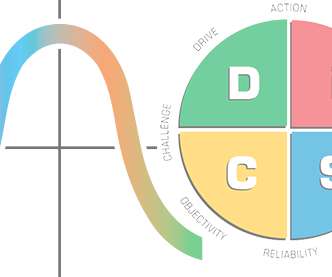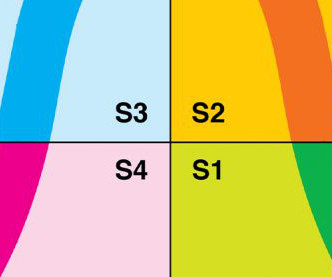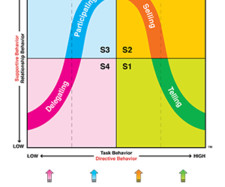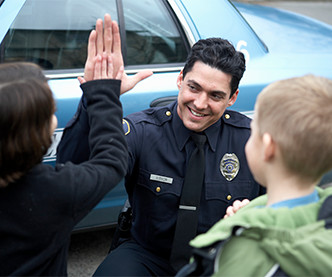The Inherent Synergies Between Servant Leadership and Situational Leadership®
The Center For Leadership Studies
SEPTEMBER 12, 2021
A philosophy, as we know, is a filter of sorts that informs how to process events, develop perspective and make decisions. As opposed to simply communicating priorities and monitoring progress, servant leaders needed to invest in and focus upon the employees on their teams who were doing the work. What “made them tick” as human beings?



















Let's personalize your content